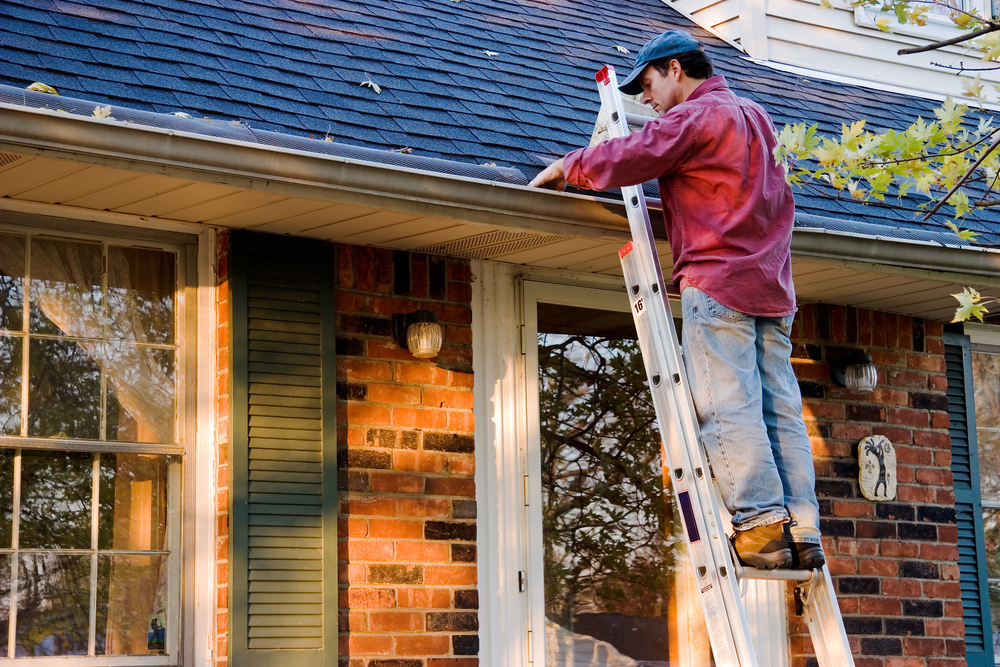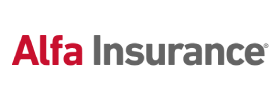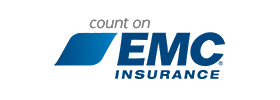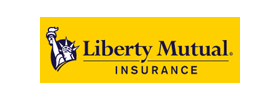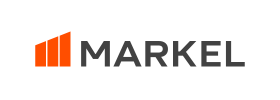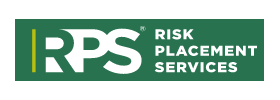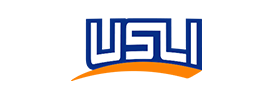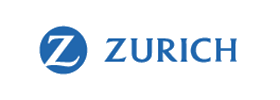What Does Watercraft Insurance Cover?
The U.S. Coast Guard’s 2020 Recreational Boating Statistics Report found that the total number of accidents increased by 26.3 percent, costing about $62.7 million dollars in property damage.
If you own a watercraft of any kind, you know accidents can happen. The question is: are you covered if they do?
Watercraft insurance is what can guarantee that you will get the help you need if an accident occurs. Let us take a closer look at what boat insurance is and what it covers.
What Is Watercraft Insurance?
Watercraft insurance is an umbrella term, under which you can find three different kinds of insurance: boat insurance, yacht insurance, and personal watercraft insurance.
Watercraft insurance covers damage to vessels that have a motor with a horsepower of at least 25 miles per hour.
Some policies might include watercraft liability coverage, which covers bodily injuries to people other than the boat’s owner and family. There are some insurance options that require you to purchase this liability coverage in addition to the regular boat insurance.
The size of your boat will dictate the coverage you purchase. Boat insurance is for vessels that are under 197 feet, while anything that is at least 30 feet long is a yacht. Personal watercraft insurance is for vehicles such as Jet Skis, Yamaha Wave-Runners, and other surface-skimming vehicles.
What Does Boat Insurance Cover?
If you have a vessel under 197 feet, you need boat insurance. There are two basic sections to the typical yacht or boat insurance policy: physical damage and liability.
Physical Damage
You can expect the physical damage part of the insurance to pay to repair the damage the accident caused on the boat. The kind of policy you want is one that provides coverage for all risks so that even if the exact cause of the damage is not listed, you will still have coverage.
Some common causes of damage that policies cover include:
- Weather concerns like wind, lightning, rain, hail, and wave action
- Damage or loss from vandalism or theft
- Fire
- Collisions with submerged objects, floating objects, docks, or other boats
On top of that, you want to consider policies that protect your boat while on land, as well. There are also personal property and towing coverage, which help cover any personal property damaged or lost in the accident. Towing coverage includes emergency assistance like the delivery of parts, oil, or fuel.
Liability
This is an equally important part of the boat insurance policy you choose. If you cause an accident that injures someone or that damages property, you need to have liability coverage.
Here is what it can cover:
- Towing of vessel
- Cleaning and containment of oil spills or other contaminants
- Crew coverage
Keep in mind that if you want to borrow someone else’s boat, you should verify that your liability coverage extends to that other boat.
What Does Yacht Insurance Cover?
There are many similarities between boat and yacht insurance, but insurance for yachts is usually more specialized.
Yacht insurance does not cover standard wear and tear, natural deterioration, damage by marine life, denting, marring, scratching, osmosis, manufacturer’s defects, electrolysis, defects in design, ice damage, or blistering.
The main parts of yacht insurance cover: hull insurance, and protection and indemnity (P&I).
Hull Insurance
The first thing you need to know about this is that hull coverage will be based on agreed value or AV. This is an amount that you and the insurer agree on when you create the policy and it usually reflects the cost of the yacht.
Hull insurance and protection is an all-risk, direct damage coverage that will pay out in full if there is a total loss.
There are also replacement and partial coverage.
Protection and Indemnity
Protection and indemnity is the broadest liability option. Longshore and harbor workers’ coverage is included, as well as Jones Act coverage of the crew.
Protection and indemnity will also pay for defense in admiralty court and any judgments against you.
What Does Personal Watercraft Insurance Cover?
If you have a recreational vessel that is a surface-skimmer, like a Jet Ski, then you need this kind of insurance. They do not tend to have coverage under homeowners insurance, and even if they are, the coverage it offers is not enough.
You can expect personal watercraft insurance to cover the owner of the vehicle as well as anyone they allow to use it for:
- Bodily harm to another person
- Bodily injury caused by an uninsured watercraft
- Property damage to a watercraft or a dock
- Theft
- Towing after an accident
- Legal costs if you are sued for causing an accident
There will be deductibles and liability limits and these can vary from company to company. Be sure to check before deciding on the insurance you want.
If you want to include more coverage, you can find add-ons for trailers and accessories. If you own more than one personal watercraft, you may also want to see if you can bundle your insurances.
Do You Need Watercraft Insurance?
Most states do not require watercraft insurance, but keep in mind that if you want to get a boat loan, you do need it. Many marinas also require it in their rental agreements.
The risk of injury and property damage while on the water is high, making insurance something vital. Even if you are not at fault in a collision or other accident, the legal fees you will have to pay to defend yourself can be much higher than insurance payments.
Give Yourself Peace of Mind
Get watercraft insurance and allow yourself to enjoy your time out on the water knowing you will have coverage if an accident occurs.
Contact us right now to speak with one of our insurance advisors.








